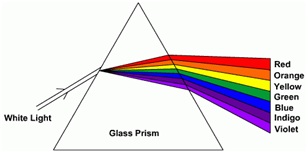Light pollution due to Satellite
A new study shows that the objects which are sent to space to orbit the Earth can increase the overall brightness of the night sky by 10 % above the natural levels.
Context
A new study shows that the objects which are sent to space to orbit the Earth can increase the overall brightness of the night sky by 10 % above the natural levels.
About the Report’s finding
- Light Pollution: Large fleets of communication satellites add to the light pollution as well as debris.
- Cause: The space debris and satellites adds on the light dispersion from artificial moving space objects.
- It has a large geographic reach.
Light Dispersion
|
- Obstruction to studies: The observatories are set far from city lights to get a good look at the dark sky.
- The growing number of artificial space objects blocks the sky and disturbs the observations.
Light Pollution
Components of light pollution
|


